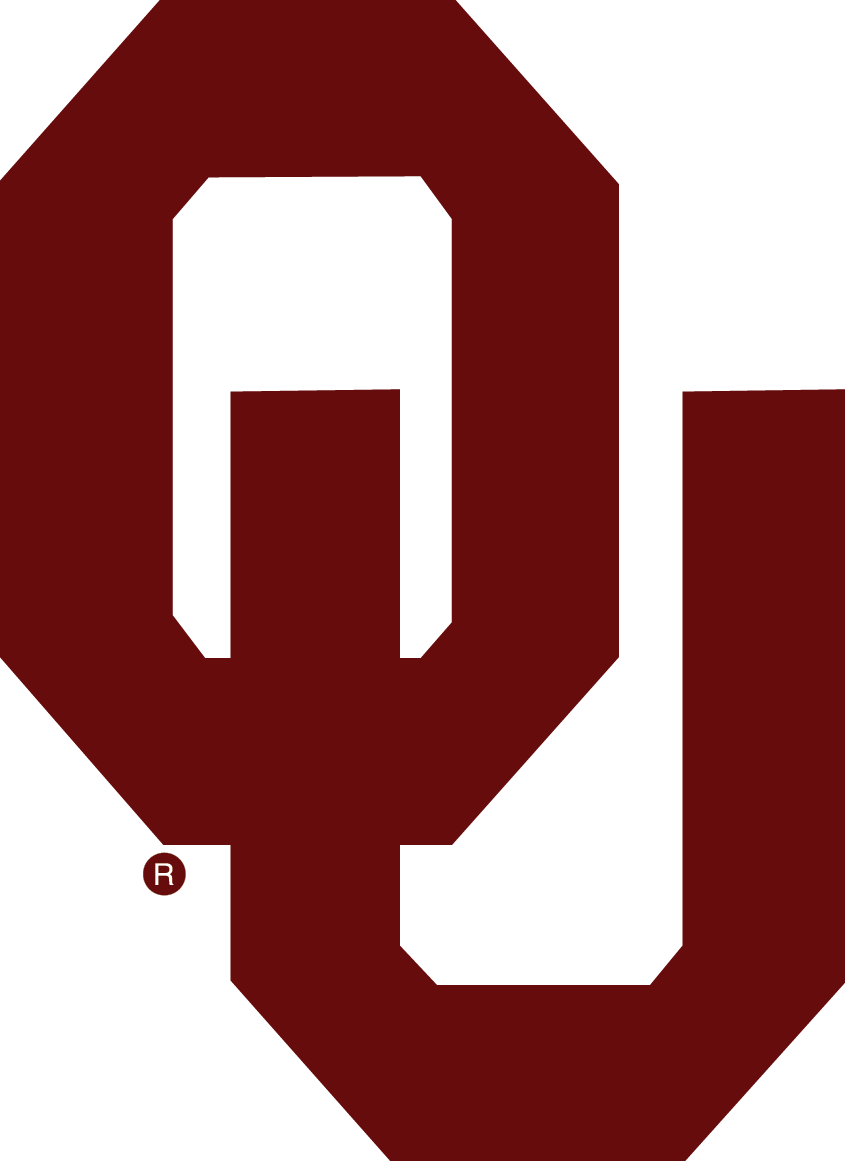The following classification of WM who are directly involved in patient care and have an increased risk of occupational exposure include, but are not limited to, dentists, residents, hygienists, dental assistants, dental personnel, sterilization technicians, clinical laboratory personnel, non-student trainees, students, and/or volunteers.
The following classification of WM who are not directly involved in patient care but may be at risk of occupational exposure include, but are not limited to, clinical clerical staff, clinical housekeeping, clinical maintenance, clinic administration, clinic billing staff, Dental Informatics staff, Information Technology staff, laundry, and police and security personnel.

